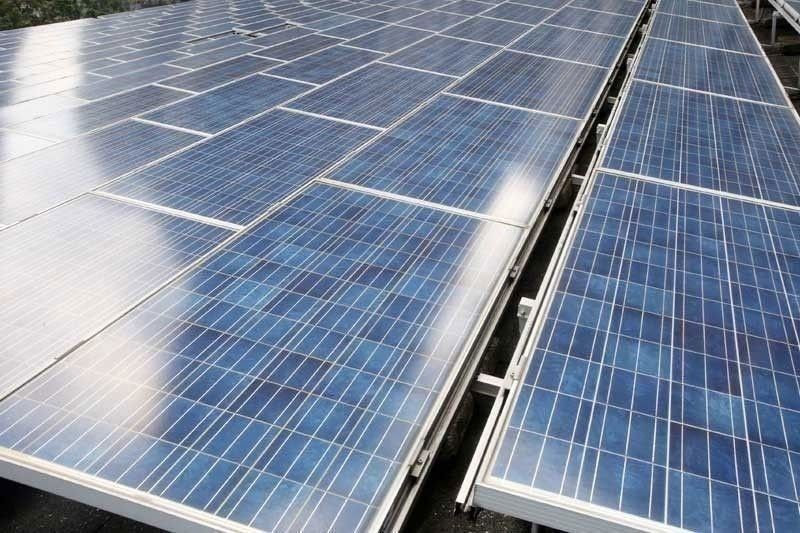Government buildings urged to shift to solar energy

MANILA, Philippines — Government entities are urged to utilize renewable energy to serve a portion of the power requirements of government-owned buildings under a resolution promulgated by the Inter-Agency Energy Efficiency and Conservation Committee (IAEECC).
The Department of Energy (DOE) said government entities are given three years from the effectivity of the IAEECC resolution promulgated on July 7 to install an initial supply of at least 20 percent of their electricity requirements from solar photovoltaic system or any equivalent renewable energy technology based on the highest monthly kilowatt-hour (kWh) billing demand of the previous years.
Government agencies, including government-owned and controlled corporations, state universities and colleges, and local government units are encouraged to tap solar energy in particular in their government-owned buildings to help minimize the country’s exposure to fuel price fluctuations in the international markets.
The DOE said the utilization of solar energy is also part of the compliance with the Government Energy Management Program, which encourages all government entities to reduce their electricity consumption by at least 10 percent.
Under IAEECC Resolution 8, a government entity that will install solar PV system or any equivalent renewable technology with a capacity not exceeding 100 kilowatts is allowed to be qualified end-users and may enter into a net-metering agreement with a distribution utility.
The DOE, through its Energy Utilization Management Bureau, will assist government entities in the installation of their solar PV system with the necessary technical requirements.
The agency to date has initiated three solar demonstration projects for government offices such as the NEDA Region 9 Office in Pagadian City, the DOE Luzon Field Office in Pangasinan, and the Mariano Marcos State University in Ilocos Norte.
“These demonstration projects are envisioned to establish the viability and effectiveness of renewable energy technologies in helping reduce electricity consumption in government offices,” the DOE said.
The DOE will provide the official list of solar PV installers for reference and guidance of all government entities, as well as collaborate with the Department of Public Works and Highways (DPWH) to assist in evaluating the structural integrity of their office buildings.
The IAEECC is composed of the DOE as chair, with the Department of Budget and Management, Department of Finance, Department of the Interior and Local Government, DPWH, Department of Transportation, Department of Science and Technology, Department of Trade and Industry, and the National Economic and Development Authority as members.
Energy Secretary and IAEECC chairperson Raphael Lotilla said the participation of all government entities to the net metering program would pave the way to the reduction of their monthly electricity consumption.
The net metering program allows customers of distribution utilities, such as house or building, to install an on-grid renewable-based system not exceeding 100 kW in capacity so they can generate electricity for their own use.
Any electricity generated that is not consumed by the customer is automatically exported to the distribution utility’s distribution system.
The distribution utility then gives a peso credit for the excess electricity received equivalent to the the utility’s blended generation cost, excluding other generation adjustments, and deducts the credits earned to the customer’s electric bill.
Lotilla said savings to be derived from joining the program could be rechanneled by the government to other services, such as health and education.
Apart from public spending on electricity consumption, Lotilla said widely available military lands, camps and reservations could also host solar farms.
He said installation of solar panels in government lands and buildings would also allow the government to maximize the job-creation potential of renewable energy.
- Latest
- Trending




























